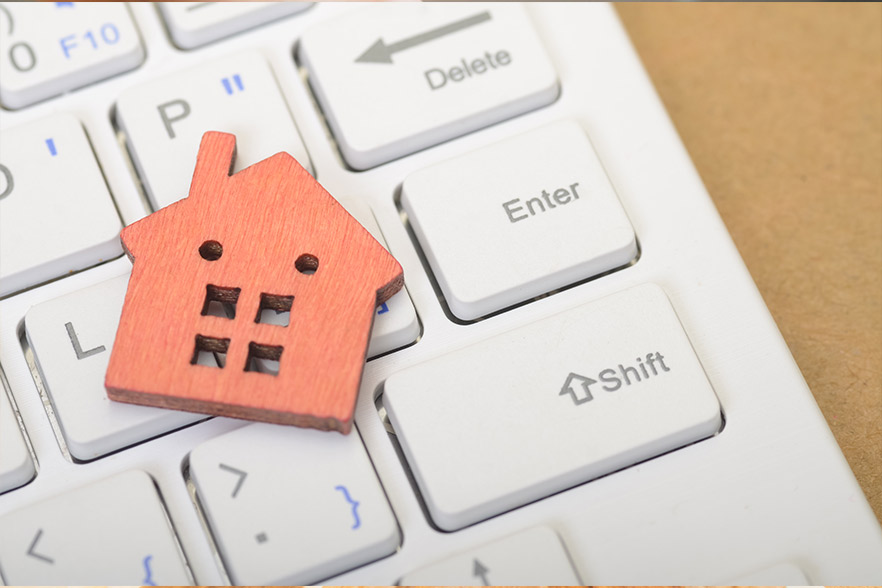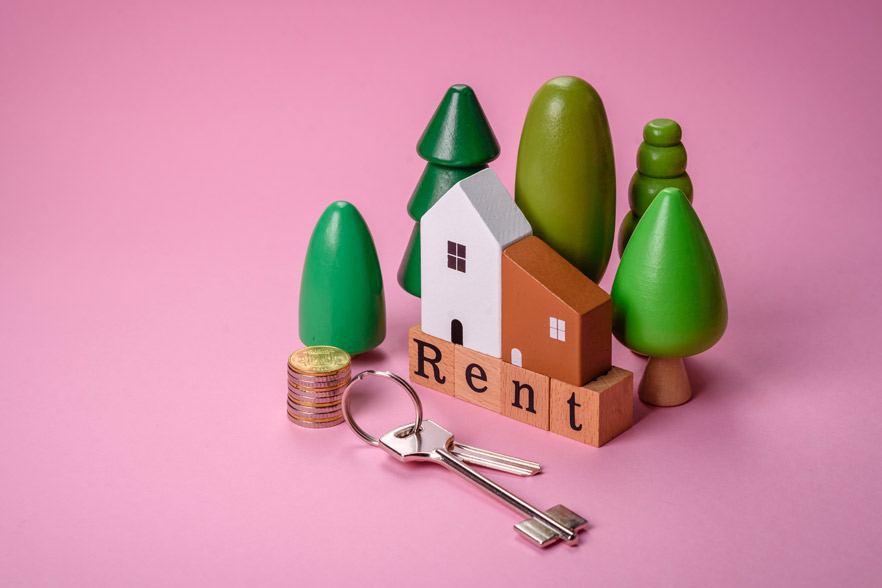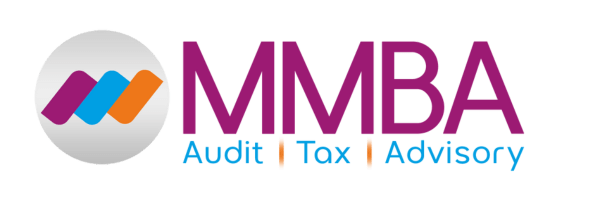
Recent Blog
Arrange a FREE Consultation Call and Let’s Discuss Your Goals!
In an evolving economic environment, to keep your tax affairs in order has never been more important. Old methods and tax systems also adds to the difficulty. However, for UK landlords, the government initiative known as Making Tax Digital for Landlords will transform how one report rental income and manage the self assessment tax return.
But, it is important to have a tax expert by your side. In this regard, MMBA tax advisors can clear all your confusions and queries. Moreover, this guide breaks down what Making Tax Digital (MTD) means, who it will affect, the MTD requirements, and the practical steps you can take now to prepare for a smooth transition. The changes will specifically affect landlords by altering their tax filing schedules and increasing compliance requirements.
Table of Contents
What is Making Tax Digital for Income Tax Self Assessment?
Making Tax Digital (MTD) is part of the UK government’s mission to create a more efficient tax system. By moving away from paper-based reporting, it introduces digital tax filing through approved software, making it easier to manage your property income and business or property income in real time.
With MTD for Income Tax Self Assessment (ITSA), the process shifts from submitting a single yearly self assessment to:
- Keeping digital records throughout the tax year.
- Sending quarterly updates to HMRC.
- Completing a final declaration to confirm your tax liability.
From April 2026, MTD will replace traditional annual self-assessment tax returns with a digital submission process for landlords and other taxpayers.
The aim is to save time, and improve tax compliance.
Who Does MTD Affect?
The rules for MTD for landlords depend on your annual income from combined income sources like rental income and self employment:
- From April 2026: £50,000 or more.
- From April 2027: £30,000 or more.
- By 2029: More than £20,000.
Sole traders are also required to comply with MTD and adapt to quarterly tax filing requirements.
These changes will also extend to self employed people, vat registered businesses, and eventually limited companies though some will join later.
MTD Timeline and Current Status
The government announced the phased rollout after delaying the original 2024 start date. Here’s where we stand:
April 2026
Mandatory for landlords and self employed individuals with over £50,000 in combined income.
April 2027
For those with over £30,000.
Beta phase
Already open for voluntary enrollment.
Joining early lets you test your mtd software and get comfortable with the new system before it becomes compulsory.
Exemptions and Special Cases
Not all landlords will have to follow digital for income tax rules straight away. You may be exempt if:
- You have certain health conditions or disabilities that make compliance impractical.
- You’re declaring Capital Gains Tax, which is separate from rental income in MTD.
- You’re part of a general partnership or LLP (affected at a later date).
Compliance Requirements for MTD
To stay compliant, landlords will need to use mtd compatible software like Landlord Vision, Hammock, or FreeAgent. Secondly, you must maintain separate digital records for all financial records related to property income. Thirdly, you have to submit quarterly updates and a final declaration via electronic communications.
Finally, quarterly submissions of income and expenses through compatible software are essential, as digital tools help ensure timely and accurate quarterly submissions to HMRC. Failing to meet these requirements could result in penalties once HMRC moves past the initial soft-landing phase.
Preparing for MTD: Essential Steps
Preparation now means less stress later. Here’s how landlords can get ready:
Choose accounting software
Select approved software that meets digital record keeping requirements.
Digitise your paperwork
Scan bank statements and receipts to build your digital records.
Set a schedule
Allocate time each month for record keeping to avoid last-minute rushes.
Seek professional advice
Accountants experienced with MTD for income tax can help ensure you’re on track.
Test the system early
Join the beta phase to familiarise yourself with the process.
Benefits of Joining the MTD Beta Phase
- Gain hands-on experience with the digital tax filing process.
- Offer feedback to HMRC and software developers to improve the new system.
- Reduce the risk of errors when quarterly submission becomes mandatory.
In other words, the beta phase gives you a head start before MTD for income tax becomes unavoidable.
Choosing the Right MTD Software for Landlords
Your compatible software should:
- Maintain records in line with MTD requirements.
- Send quarterly updates and a final declaration.
- Communicate with HMRC digitally for all tax purposes.
For many UK landlords, options like Landlord Vision, Hammock, and FreeAgent tick these boxes.
Keeping Digital Records for Tax Digital

Digital record keeping is at the heart of MTD. You must:
- Keep records for at least six years from 31 January after the tax year.
- Include all rental income and related expenses.
- Ensure your data is accurate and up-to-date for tax right
Submitting Updates and Declarations
Instead of a single yearly assessment tax return, MTD requires:
Quarterly updates
A snapshot of your income and expenses every three months.
Final declaration
A year-end summary confirming your tax liability.
These are submitted directly through your MTD software, making the process more streamlined than the traditional annual filing.
Capital Gains Tax Considerations for Landlords
When it comes to selling property, landlords must pay close attention to Capital Gains Tax (CGT) as part of their overall tax liability. While Making Tax Digital for Income Tax focuses on rental income and business profits, CGT is handled separately and is not included in the MTD for Income Tax digital record keeping requirements.
However, maintaining accurate digital records of property sales, acquisition costs, and allowable expenses is still essential for calculating your CGT liability and completing your self assessment tax return.
Understanding the current CGT rates, available allowances, and potential reliefs can help you manage your tax digital obligations more effectively. Although MTD-compatible software is primarily designed for income tax, many platforms now offer features to help landlords track property sales and estimate CGT.
This can simplify the process of reporting CGT on your assessment tax return and ensure you remain compliant with HMRC regulations. By keeping thorough digital records and using compatible software, you can make the process of managing both income tax and capital gains tax more straightforward and accurate.
Managing Multiple Income Streams Under MTD

If you have multiple income streams, such as rental income, business income, or other property-related earnings, MTD for Income Tax requires you to keep separate digital records for each source.
This means landlords must ensure their digital record keeping is organised and up to date for every type of income, not just rental income. MTD-compatible software can help you categorise each income stream, track expenses, and calculate tax liabilities accurately.
By using digital tools that meet MTD regulations, you can efficiently manage your record keeping and submit quarterly updates to HMRC for all qualifying income. This approach reduces the risk of errors, helps you stay on top of your tax liabilities, and ensures you meet the digital record keeping requirements for each income stream.
Properly managing multiple income streams with compatible software not only streamlines your tax digital process but also supports better financial decision-making for your property business.
Common Concerns and Solutions
Landlords often worry about the cost of accounting software, the learning curve for digital tools, or simply changing habits after years of paper filing.
The good news:
- HMRC’s government website provides step-by-step guidance.
- Many software providers offer training and customer support.
- Professional advice can make the transition painless.
Future of Digital Taxation for Landlords
The future of digital taxation for landlords is set to become even more streamlined and efficient. With the ongoing rollout of MTD for Income Tax, the UK government is working towards a fully digital tax system that simplifies tax compliance and reduces administrative burdens. As digital tax filing becomes the norm, landlords can expect further enhancements in software functionality, real-time tax information, and user-friendly interfaces.
Staying informed about changes in the tax system and seeking professional advice will be crucial as digital taxation evolves. The move towards an efficient tax system means fewer errors, faster submissions, and improved financial management for landlords.
By embracing digital tax filing and keeping up with the latest developments, you can ensure your property business remains compliant and benefits from the efficiencies of the new tax landscape.
Additional Resources for Landlords
There are plenty of additional resources available to help landlords navigate MTD for Income Tax and maintain compliance with digital record keeping requirements. HMRC guidance offers step-by-step instructions on the government website, covering everything from eligibility to digital record keeping.
Many software providers also offer webinars, tutorials, and customer support to help you get the most out of your MTD-compatible software. For more tailored support, consider seeking professional advice from a UK property tax advisor.
Joining online communities or landlord forums can also provide valuable insights and best practices from others who are adapting to the digital tax system. By making use of these resources, you can stay up to date with MTD regulations and ensure your record keeping and tax submissions are always in line with HMRC expectations.
Next Steps are Implementing MTD in Your Property Business
To successfully implement MTD for Income Tax in your property business, start by assessing your eligibility and understanding the relevant deadlines for compliance. Next, choose MTD-compatible software that fits your needs and set up robust digital record keeping systems for all your income streams.
Take time to familiarise yourself with the process of submitting quarterly updates and making your final declaration through your chosen software. Seeking professional advice can help ensure a smooth transition to the digital tax system and ongoing tax compliance.
By staying proactive, keeping accurate digital records, and adapting to new requirements, you’ll not only meet MTD regulations but also benefit from improved financial management and reduced administrative workload. Embracing these next steps will help your property business thrive in the evolving landscape of digital taxation.
Conclusion
Making Tax Digital MTD will significantly change how self employed individuals and landlords handle tax submissions. As part of this transition, it is crucial for landlords to understand and adhere to current tax regulations to ensure compliance with evolving digital tax requirements. By understanding the MTD aims, preparing early, and adopting approved software, you can ensure tax compliance while saving time.
The move to digital tax filing may seem daunting, but with the right approach, it can simplify your tax administration and keep your tax affairs accurate in the long run.
Frequently Asked Questions
What is Making Tax Digital and how does it affect landlords?
Making Tax Digital is a UK government initiative to modernise tax reporting by requiring landlords to submit updates to HMRC digitally. It replaces paper forms with a more efficient, accurate process for tax digital for income.
Do limited companies have to follow Making Tax Digital rules?
Yes, limited companies will also need to comply with Making Tax Digital in the future, although their start dates may differ. HMRC will announce their specific deadlines through the Financial Secretary.
How long should I maintain digital records under MTD?
Landlords must maintain digital records for at least six years from the end of the tax year. These records must include all rental income, expenses, and relevant financial data for compliance with tax digital for income rules.
Can I communicate with HMRC digitally under the new system?
Yes, one of the main goals of Making Tax Digital is to enable all submissions and communications with HMRC digitally, making it faster and easier to manage your tax affairs.
Who announced the Making Tax Digital rollout?
The Financial Secretary to the Treasury confirmed the phased rollout of Making Tax Digital, explaining how it will improve the tax digital for income process and help landlords keep accurate records.


